17 Things Hotel Guests Should Never Eat at the Breakfast Buffet
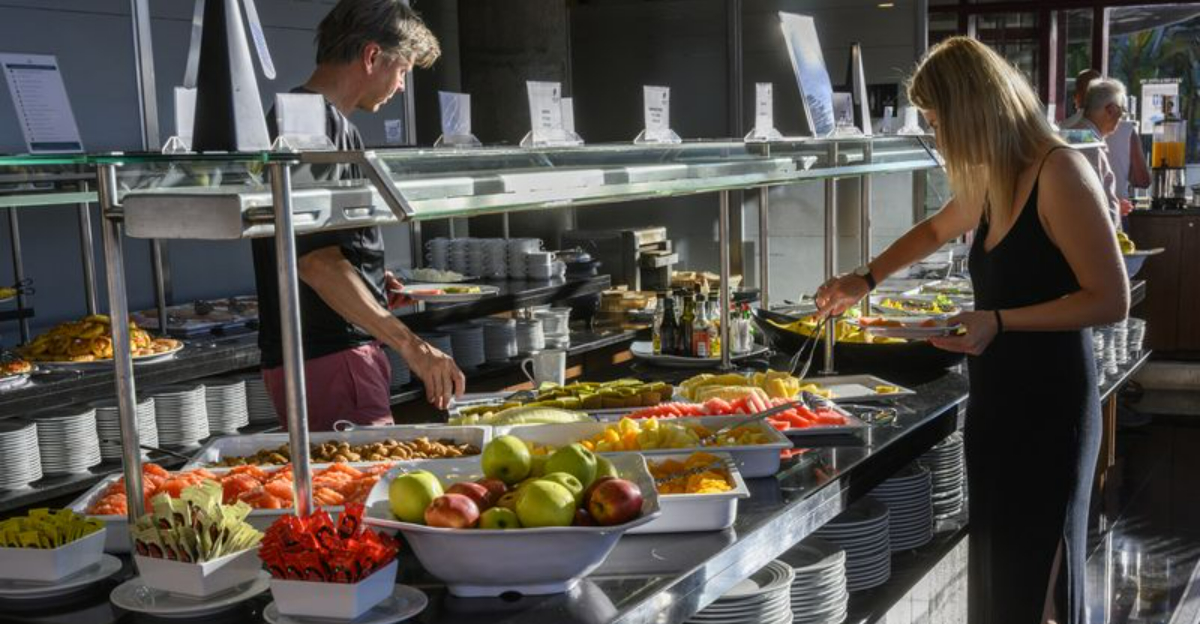
Hotel breakfast buffets seem like a dream come true with their endless arrays of food. But beneath that appetizing surface lurks potential health hazards that could ruin your vacation. As someone who’s worked in the hotel industry for years, I’ve seen firsthand what goes on behind those gleaming chafing dishes.
Here’s what you should think twice about before piling onto your plate next time.
1. Runny Scrambled Eggs
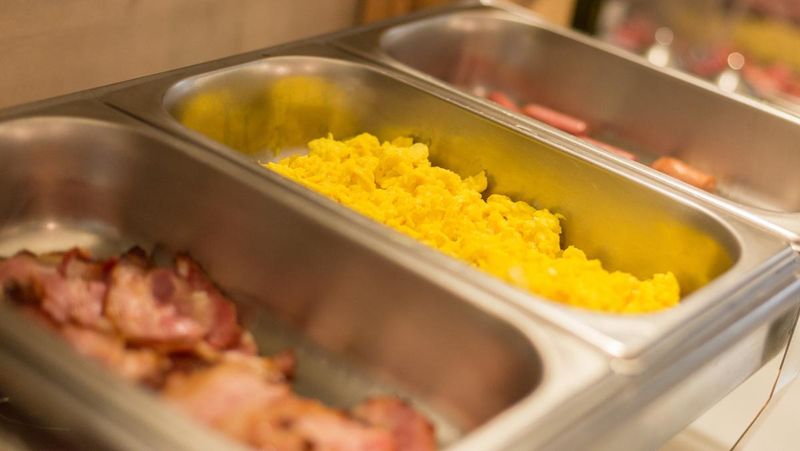
Have you noticed those hotel scrambled eggs sitting in warming trays for hours? They’re a breeding ground for bacteria when undercooked and kept at improper temperatures.
Most hotels prepare massive batches early in the morning, and they simply sit there as hundreds of guests cycle through. The longer they sit, the more dangerous they become.
If you see watery liquid pooling around yellowy eggs, walk away! Your stomach will thank you later. Always check if the eggs look fully cooked and are being properly maintained at hot temperatures.
2. Room-Temperature Seafood
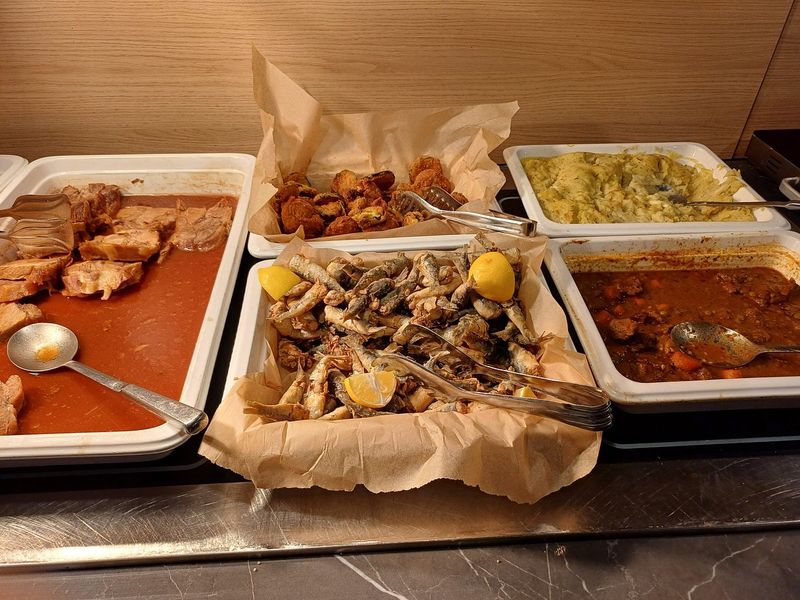
Seafood requires strict temperature control to remain safe for consumption. When smoked salmon or shrimp cocktail sits out at a breakfast buffet, it becomes a risky choice within just 30 minutes.
Many hotels don’t replace these items frequently enough or properly chill them on ice. The pinkish hue might look appetizing, but bacteria multiplies rapidly in these protein-rich foods.
I once witnessed a hotel guest become violently ill after enjoying several slices of buffet lox that had been sitting out too long. Always check if seafood items are properly iced and look freshly replenished.
3. Communal Waffle Makers
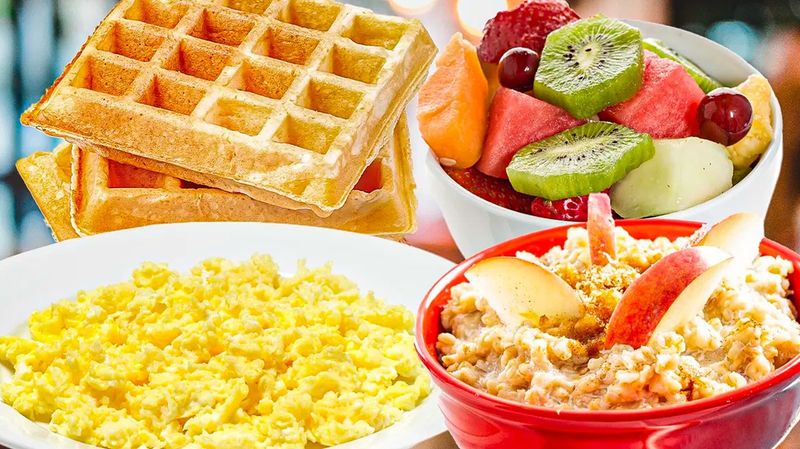
Those self-serve waffle stations might seem fun, but they’re hotspots for germ transmission. Think about how many people touch that ladle, pour spout, and waffle iron handle throughout the morning!
Most guests don’t wash their hands before approaching the station. Some even cough or sneeze while preparing their waffles, sending germs directly onto the equipment and batter.
The batter itself sits at room temperature for hours, creating another food safety issue. If you must have a waffle, go early when the batter is fresh and the equipment has been recently cleaned.
4. Cut Fruit That Looks Dry
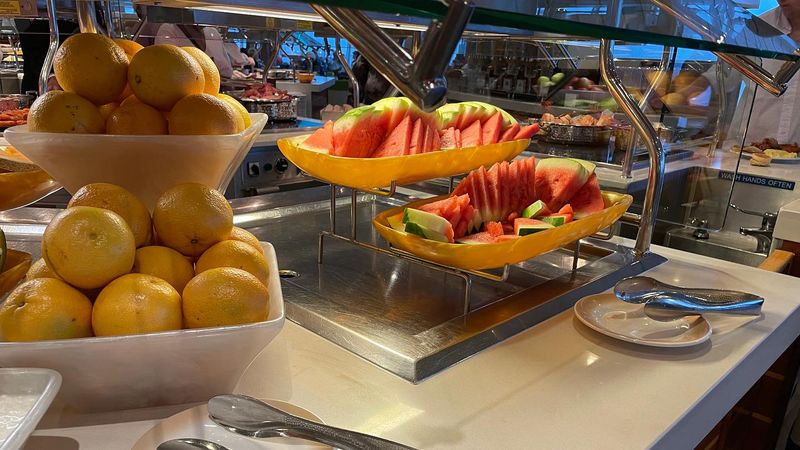
Fresh fruit should look, well, fresh! When melon, pineapple, and berries sit out for too long, they develop a dull, dried-out appearance that signals they’re past their prime.
Many hotels prep fruit the night before, and by morning, it’s already been sitting for 8+ hours. The nutritional value decreases while the bacterial count increases with every passing hour.
Look for fruit with condensation inside the container – this means it’s been recently refrigerated. If the edges look brown or the fruit appears shriveled, it’s best to skip it entirely and opt for whole fruits instead.
5. Lukewarm Hot Foods
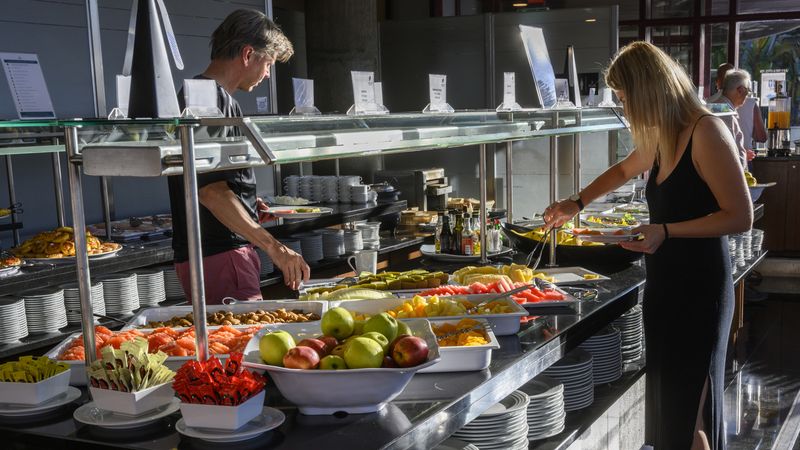
Hot foods must be kept at 140°F (60°C) or above to prevent bacterial growth. Unfortunately, many hotel buffets fail to maintain proper temperatures, especially during busy periods.
If you can touch sausages, bacon, or hash browns without burning your fingers, they’re in the dangerous temperature zone. This is particularly worrisome for meat products, which can harbor harmful bacteria when not kept hot enough.
Always check if steam is rising from hot food trays. If food looks like it’s been sitting there drying out, with a film forming on top, it’s best to pass it up for something fresher.
6. Dairy Products Without Ice
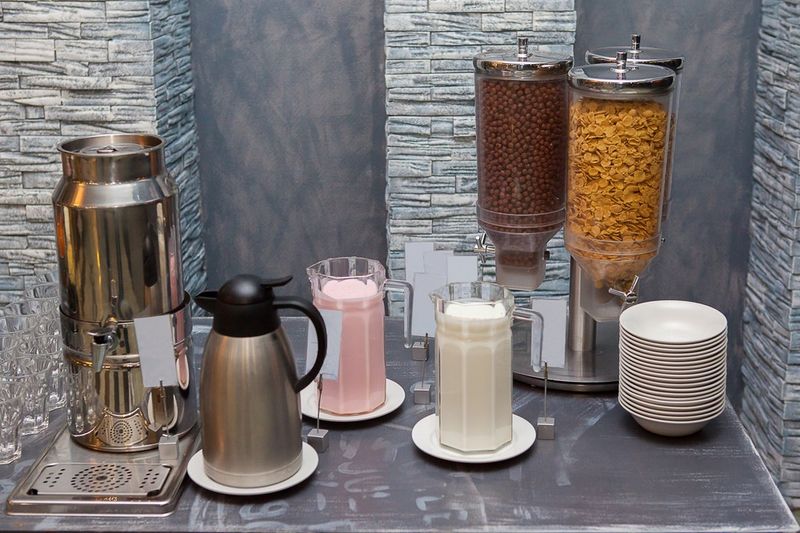
Milk, yogurt, and cream cheese require constant refrigeration to remain safe. Many hotels simply place these items on the buffet without proper cooling mechanisms.
The FDA recommends cold foods stay below 40°F (4°C), but buffet dairy often sits at dangerous room temperatures. You might notice yogurt separating or milk developing a slightly off smell – these are warning signs!
I’ve seen guests happily pouring room-temperature milk over cereal, unaware of the potential danger. Always check if dairy items are surrounded by ice or in refrigerated units, and avoid them if they feel warm to the touch.
7. Sketchy Hollandaise Sauce
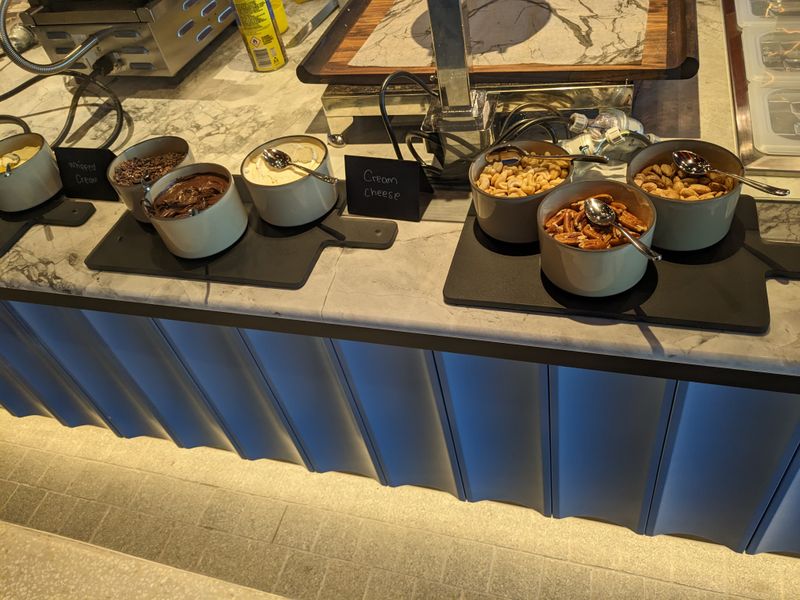
Raw eggs form the base of hollandaise sauce, making it one of the riskiest items on any breakfast buffet. If not prepared properly or held at safe temperatures, it becomes a perfect environment for salmonella growth.
Many hotels use powdered or pre-made hollandaise to avoid safety issues, but these versions often sit for hours at improper temperatures. Watch out for sauce that has a thick skin on top or has started to separate.
If your Eggs Benedict comes with hollandaise that’s been sitting out for who-knows-how-long, you’re gambling with your digestive health. Safer options include asking for poached eggs without sauce.
8. Self-Serve Bread Baskets
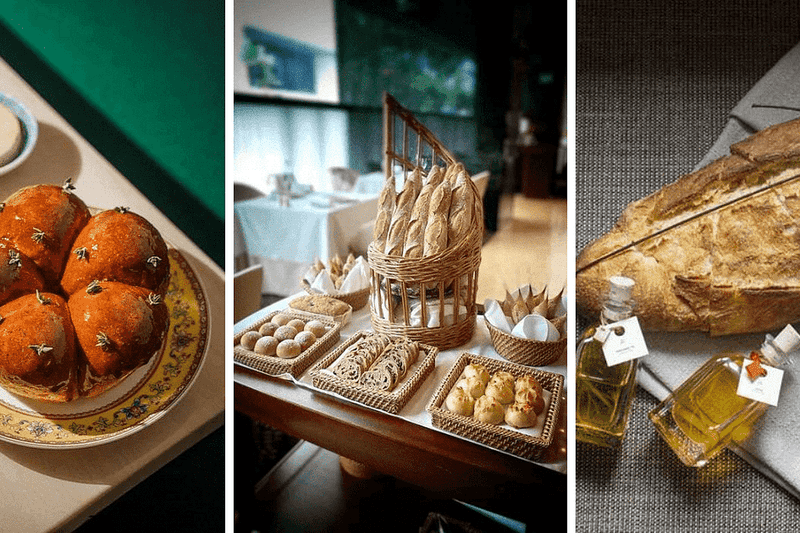
Ever wonder how many hands have rummaged through that bread basket before yours? Communal bread displays are touched by dozens of guests, many of whom haven’t washed their hands properly.
Hotels rarely provide tongs for these items, encouraging direct contact with multiple bread pieces as guests search for their preferred selection. Rolls, bagels, and muffins sit exposed to air and handling all morning.
If you must have bread products, look for individually wrapped items or pieces that are served with tongs. Better yet, request fresh bread from a staff member rather than taking from the communal basket that’s been pawed through by strangers.
9. Suspicious Sauces in Pump Dispensers
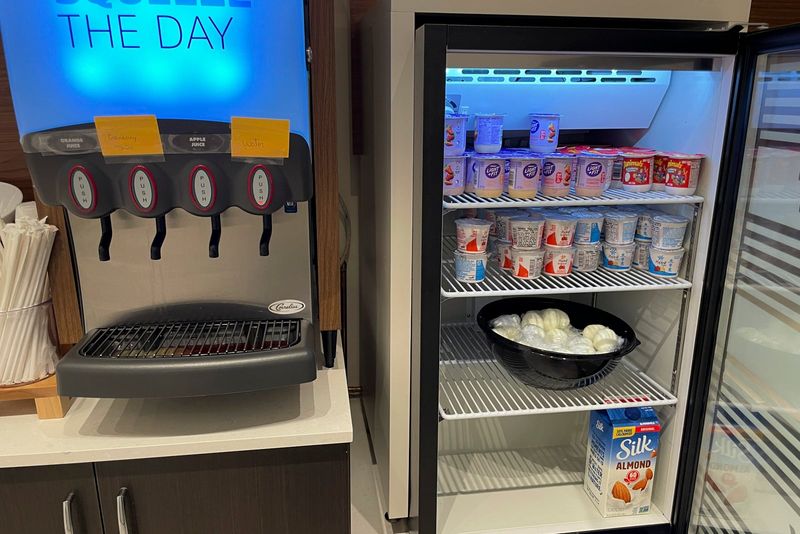
Those sauce dispensers with pumps rarely get thoroughly cleaned between uses. Ketchup, maple syrup, and other condiments can build up around the nozzles, creating sticky bacterial playgrounds.
Many hotels simply refill these containers without proper sanitizing. You might notice crusty residue around the pump – that’s old product that’s been accumulating for days or even weeks!
The worst offenders are dairy-based sauces like cream or cheese, which can spoil quickly at room temperature. If you need condiments, look for individual packets or freshly filled containers that appear clean and well-maintained.
10. Reheated Potatoes

Those breakfast potatoes might look innocent, but they’re often yesterday’s leftovers reheated for today’s service. Starchy foods like potatoes can harbor Bacillus cereus, a bacteria that causes food poisoning and survives reheating.
If the potatoes look dried out or have a strange grayish tint, they’ve likely been through multiple heating cycles. Fresh breakfast potatoes should have a golden color and moist interior.
I’ve seen kitchen staff simply add new potatoes on top of old ones throughout the morning to make the tray look full. Your safest bet is to skip buffet potatoes entirely or take only from a freshly replaced tray.
11. Uncovered Pastries
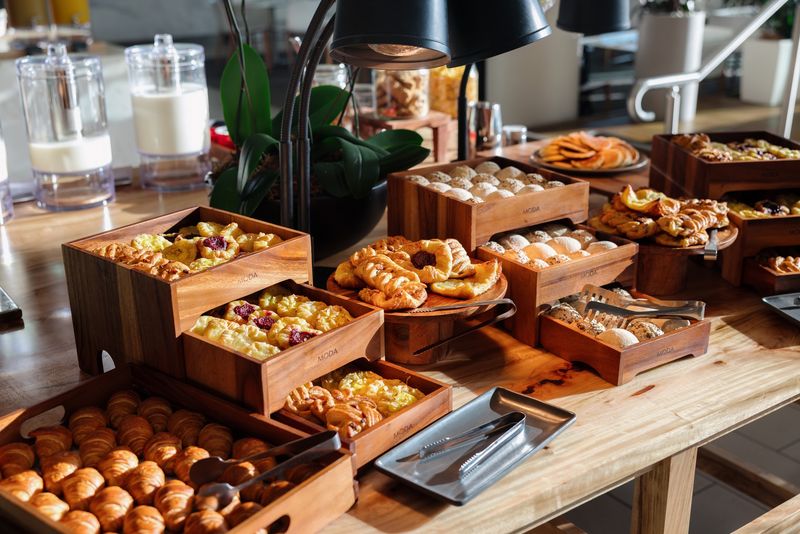
Those tempting pastries sitting out without covers are collecting more than just your admiration. They’re gathering dust, bacteria, and even sneeze droplets from nearby guests!
Pastries with cream or custard fillings are especially dangerous when left at room temperature for extended periods. These moist environments are perfect for bacterial growth, particularly when exposed to air and handling.
Hotels often put out pastries first thing in the morning, where they remain until checkout time. If you must indulge, choose dry pastries like croissants over cream-filled options, and select items from covered displays that use proper serving utensils.
12. Bulk Cereal Dispensers
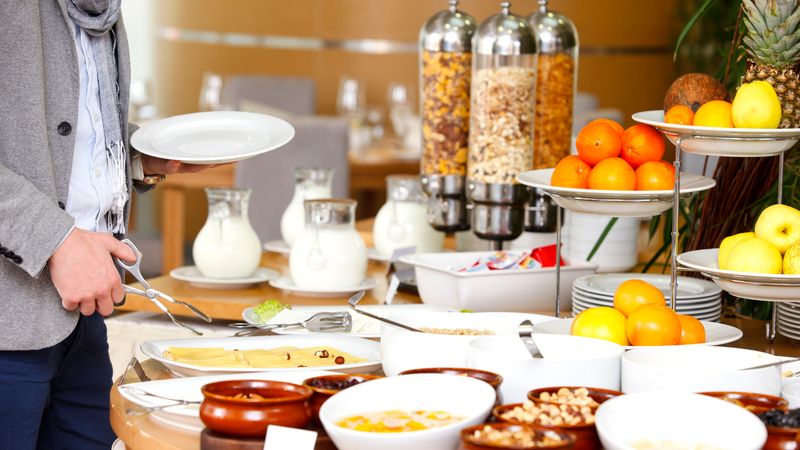
Those colorful cereal dispensers might seem fun, but they’re rarely cleaned thoroughly between refills. The turning mechanisms collect sticky residue, and the dispensing areas become playgrounds for bacteria.
Many hotels simply top off these containers rather than emptying and cleaning them. This means the cereal at the bottom might have been sitting there for weeks or even months, getting stale and potentially attracting pests.
The worst part? Kids love to play with these dispensers, often sticking their hands underneath or turning the knobs without getting any cereal. If you need your morning flakes, look for individual cereal boxes instead.
13. Smoothies in Open Pitchers
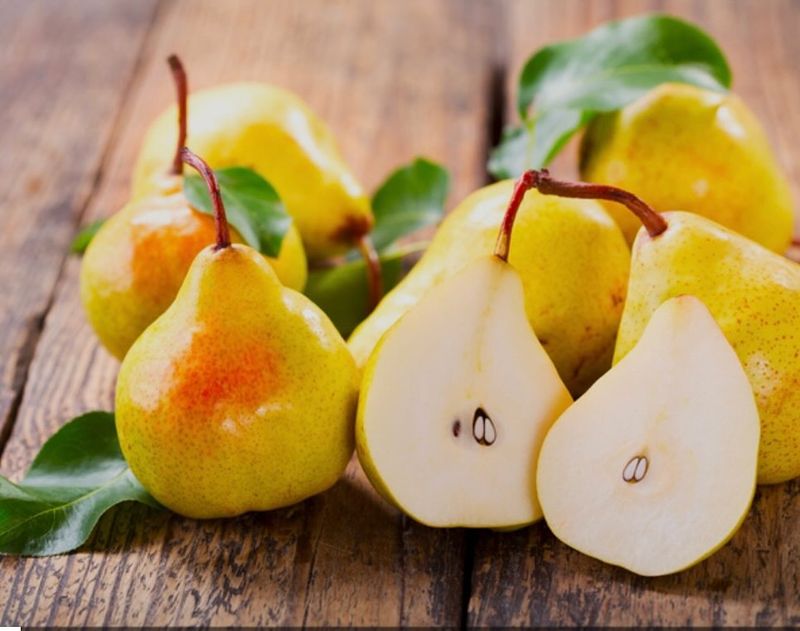
Pre-made smoothies sitting in open pitchers might seem like a healthy choice, but they’re often anything but. These beverages typically contain milk, yogurt, or fruit – all ingredients that require refrigeration.
When left out at room temperature, smoothies quickly become breeding grounds for harmful bacteria. You might notice separation or a slightly sour smell, which are clear warning signs.
Many hotels prepare these drinks hours before service begins. By the time you’re pouring a glass, that “fresh” smoothie could be 4+ hours old! If smoothies aren’t in a refrigerated dispenser or freshly made to order, it’s safer to stick with water or juice.
14. Suspicious Sliced Meats
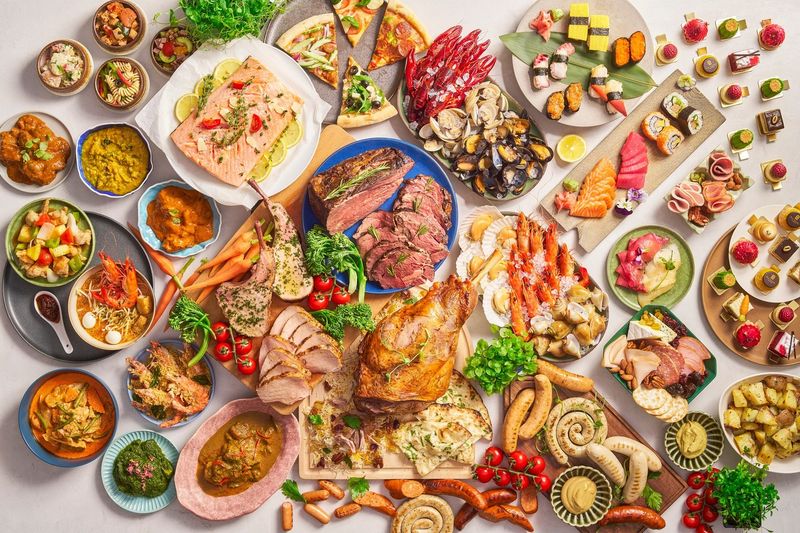
Cold cuts require strict temperature control to remain safe for consumption. When displayed on breakfast buffets without proper refrigeration, they become dangerous within just 2 hours.
Look for ham, turkey, or salami slices with dry, curled edges or a slimy surface – these are clear signs they’ve been out too long. The color might also change slightly, with ham turning greyish and turkey developing a greenish tint.
Many hotels put out these platters at 6 AM, where they remain until late morning. By 9 AM, they’ve already been in the danger zone for hours! Always check if meat platters are properly chilled on ice and look freshly replenished.
15. Oatmeal That’s Been Sitting Too Long
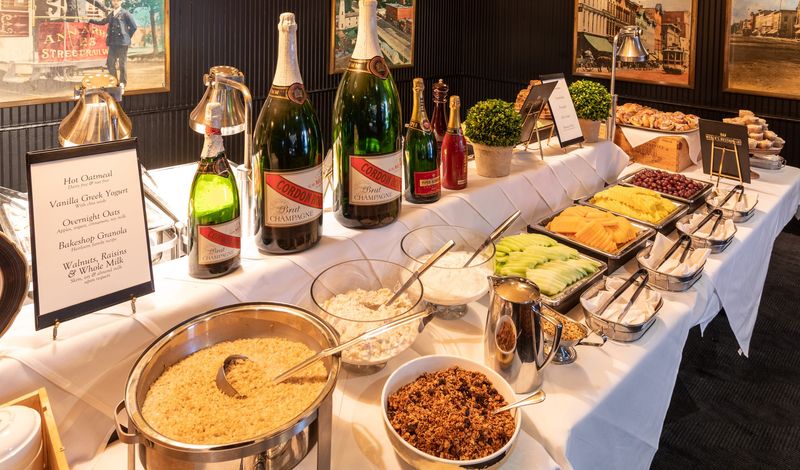
Oatmeal seems like a safe breakfast choice, but when left in warming trays for hours, it develops a thick, gluey consistency that’s a sign it’s past its prime. The longer it sits, the more moisture evaporates, changing both texture and safety.
If you notice a thick skin on top or oatmeal that’s dried and clinging to the sides of the container, it’s been there too long. Fresh oatmeal should be creamy and steaming.
Many hotels prepare a single batch at 5 AM for the entire morning service. By mid-morning, that healthy breakfast has become a starchy, potentially bacteria-laden mess. Check if the oatmeal looks freshly made before serving yourself.
16. Questionable Buffet Juices
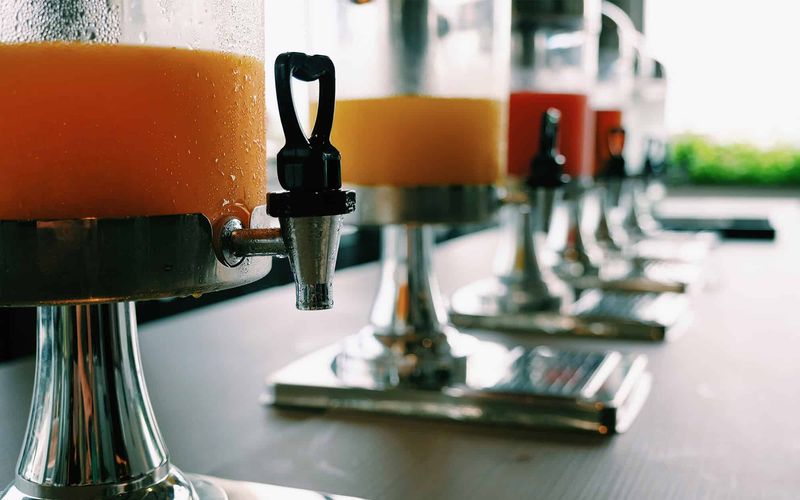
Those colorful juice dispensers often contain watered-down, sugary beverages that barely resemble real fruit juice. Worse yet, they’re rarely emptied and cleaned properly between services.
The dispensing mechanisms collect sticky residue that attracts bacteria and mold. You might notice black spots or slime around the nozzles – clear signs of poor sanitation.
Even more concerning, some hotels refill juice containers without emptying the old product first, meaning the juice at the bottom could be days old. If you need your morning OJ, look for sealed individual bottles or juice that’s clearly being poured from fresh containers throughout the morning.
17. Anything from Nearly Empty Trays
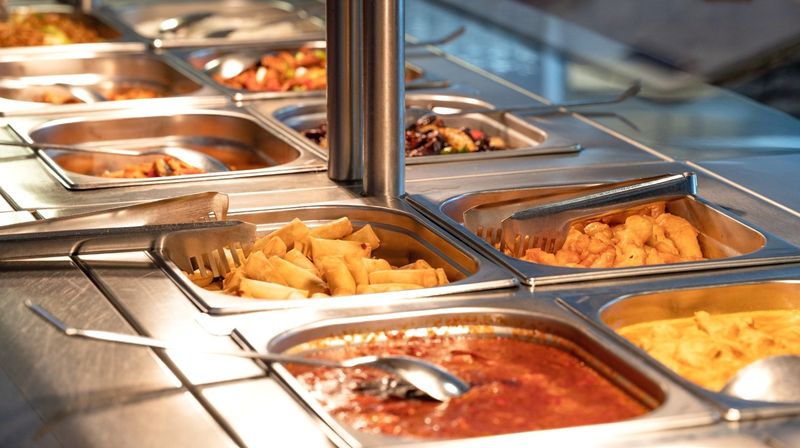
Those last few items sitting in nearly empty buffet trays have likely been there for hours, repeatedly exposed to temperature changes and handling. They’re the food items nobody wanted for good reason!
When hotels replenish buffet items, they often just add fresh food on top rather than replacing the entire tray. This means those last few sausages or pancakes at the bottom could be from the initial morning setup hours ago.
The worst offenders are items sitting in odd positions or pushed to the sides of containers – these have been repeatedly passed over by other guests. Always select food from freshly filled trays or ask staff when items were last replenished.
